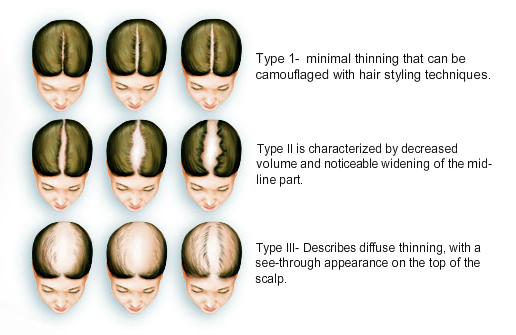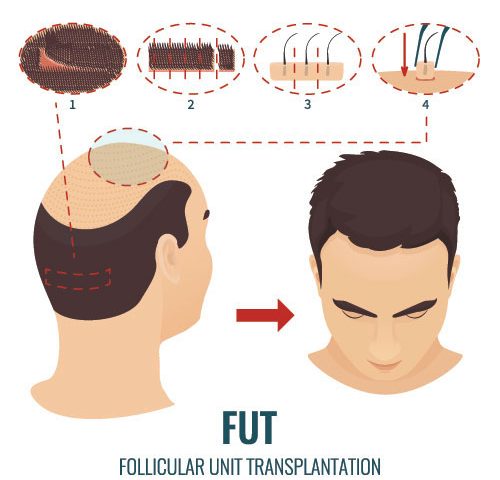
Hair Transplant
At IntelliHealth Plus Medical Center, Bangkok Thailand
Like good health and youth, most of us take our locks for granted, until they’re gone. For many people, a hair transplant can help bring back what looks like a full or at least a fuller head of hair.
If thinning up top or going bald really bothers you, the procedure can be one way to feel more confident about your looks. But first talk with your doctor about what you can expect during and after the surgery.
How dose Hair Transplant procedure works?
Hair transplantation surgery works to replace or restore one’s lost hair and hairline. To dispel any misconceptions surrounding hair transplantation and how it varies from other thinning hair treatments, we’ve put together a short snapshot of what the hair transplant procedure entails and what you can expect during your procedure.
1. Pre-Procedure
Hair transplantation surgery takes only one day to complete, and is performed on an out-patient basis. Surgeon cleans your scalp and injects medicine to numb the back of your head. Your doctor will choose one of two methods for the transplant: follicular unit strip surgery (FUSS) or follicular unit extraction (FUE).

2. Creating the recipient sites and placement of the follicular units
With FUSS, the surgeon removes a 6- to 10-inch strip of skin from the back of your head. He sets it aside and sews the scalp closed. This area is immediately hidden by the hair around it.
- First, the surgeon cleans your scalp and injects medicine to numb the back of your head. Your doctor will choose one of two methods for the transplant: follicular unit strip surgery (FUSS) or follicular unit extraction (FUE).
- Next, the surgeon’s team divides the strip of removed scalp into 500 to 2,000 tiny grafts, each with an individual hair or just a few hairs. The number and type of graft you get depends on your hair type, quality, color, and the size of the area where you’re getting the transplant.
- If you’re getting the FUE procedure, the surgeon’s team will shave the back of your scalp. Then, the doctor will remove hair follicles one by one from there. The area heals with small dots, which your existing hair will cover.
- After that point, both procedures are the same. After he prepares the grafts, the surgeon cleans and numbs the area where the hair will go, creates holes or slits with a scalpel or needle, and delicately places each graft in one of the holes. He’ll probably get help from other team members to plant the grafts, too.

3. Post Procedure
Once all of the follicular units have been placed, surgeon will inspect the newly placed grafts to ensure proper placement. When the hair restoration surgery is complete, clinical team will provide written and oral post operative instructions. These include instructions on how to care for your transplant sites, required medication for sleep and any discomfort that you might have, as well as optional medication to take in the days following your hair transplant procedure.
In the next few days, some scabbing in the recipient sites may be present, as well as moderate redness. Swelling may also appear on the forehead, but this is typically rare. However, soreness and numbness in the donor area should begin to disappear in the days following the procedure. While some patients report a sensation similar to that of a mild sunburn in the recipient areas following the procedure, there is generally little or no discomfort in the recipient area after the first few days following the procedure. A week after the hair restoration surgery, any swelling and redness usually will have subsided.
Expectations and Recovery
After the surgery, your scalp may be very tender. You may need to take pain medications for several days. Your surgeon will have you wear bandages over your scalp for at least a day or two. He may also prescribe an antibiotic or an anti-inflammatory drug for you to take for several days. Most people are able to return to work 2 to 5 days after the operation.
Within 2 to 3 weeks after surgery, the transplanted hair will fall out, but you should start to notice new growth within a few months. Most people will see 60% of new hair growth after 6 to 9 months. Some surgeons prescribe the hair-growing drug minoxidil (Rogaine) to improve hair growth after transplantation, but it’s not clear how well it works.
How long a procedure takes?
Depending on the size of the transplant you’re getting, the process will take about 4 to 8 hours. You might need another procedure later on if you continue to lose hair or decide you want thicker hair.
Couples Therapy
Praesent sapien massa, convallis a pellentesque nec, egestas non nisi. Vivamus suscipit tortor eget felis porttitor
Group Therapy
Praesent sapien massa, convallis a pellentesque nec, egestas non nisi. Vivamus suscipit tortor eget felis porttitor
Testimonials




